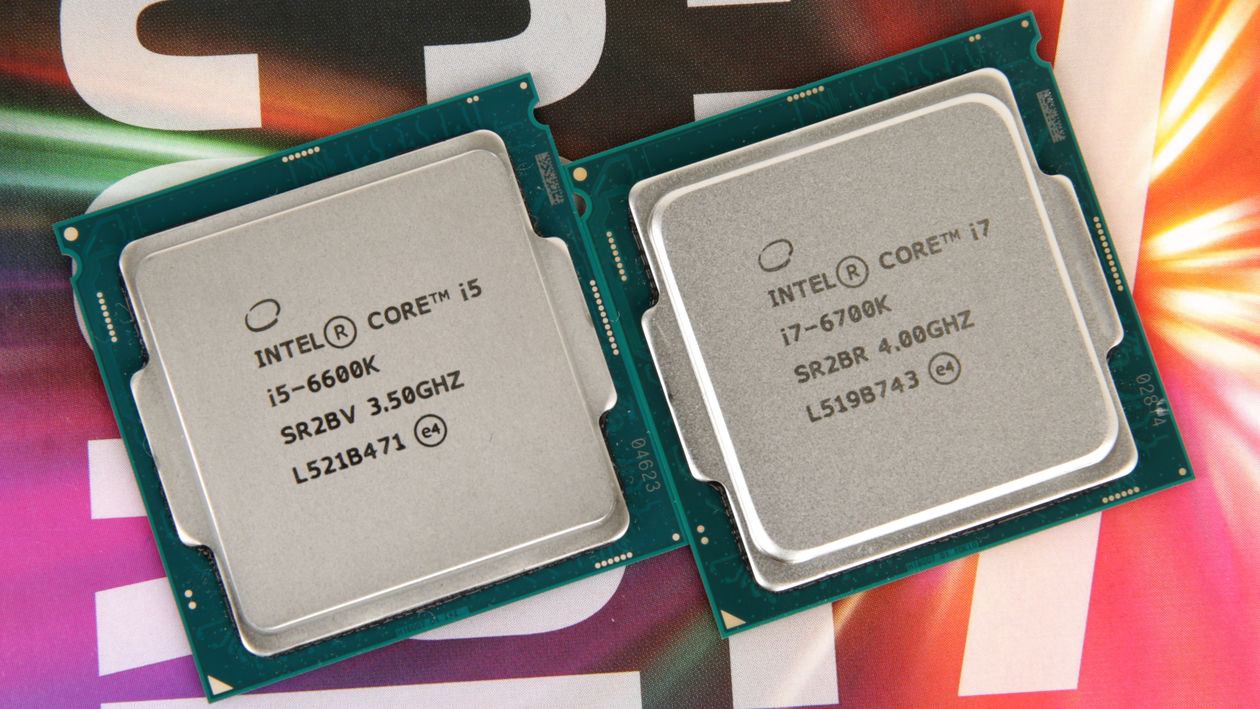

Looking at a lot of gaming benchmarks even the i3/pentiums/2400g etc are only 10-20% below the 9900k because gaming benchmarks are made to push the GPUs and not the CPUs so the GPUs bottleneck way before the CPUs,and even if they don't, scaling in games means that slower CPUs can just use more threads to get to the same FPS. Supermicro X10SL7-F (Intel Core i3 4170) 48GB Crucial ECC 1.35V DDR3 1600MHz. This only works if you don't know CPU and GPU utilization. Another thing to consider regarding burn-in is getting bad/weak drives IDd ASAP so you can get them exchanged/replaced, preferably with new vs. Our products allow programmers to easily confirm their BIOS and swiftly engage certification stages.
#Skylake intel burn test software
Sandy bridge didn't just clock to 5ghz, but was sporting almost 40% better IPS then Piledriver FX cpus. Once a circuit board or motherboard comes into an engineers queue, their goal is to get their software stack implemented as quickly as possible. Which means this is as far away from sandy bridge vs fx then we could get. If anything, assuming there isn't some sort of scaling issue in the testing suite, this seems to indicate that intel's cpus have moderately less IPS then AMD Ryzen+ and are currently getting by with clock speed alone. These Intel cpus DO NOT have higher IPS then Ryzen. yet the chip is running at 5.0ghz vs the 8c16t ryzen 7 2700x at 4.2 ghz, which means the intel is clocked about 19.0% faster then the AMD to get a 10.4% lead in FPS. These chips have now taken our Best CPUs list by storm, so be sure to head there for a list of the latest leading processors.Ģ1463503 said:except that's not what we're seeing. It'll also wield the new Zen 2 microarchitecture, which is expected to boost performance while Intel remains mired in a derivative of the seven-year-old Skylake design. The updated Ryzen line-up employs a smaller 7nm process that should confer power and price benefits. It's also noteworthy that AMD has launched its Ryzen 3000-series processors.

Meanwhile, we are waiting on a solution from MSI that should allow us to dial in an exact 100 MHz BCLK. Stock frequencies aren't spared, and there is no way to adjust the BCLK down to remove MSI's self-awarded advantage. Consequently, our 5.1 GHz overclock is actually 5.14 GHz. Its extra 0.8 MHz serves to push overclocks even harder, though our motherboard review team would probably call it cheating. MSI's motherboard imposes a 100.8 MHz base clock. This pricey board sells for $600, but has the power delivery subsystem to support aggressive overclocking. We're using MSI's MEG Z390 Godlike as our test platform for all Intel processors. Expect similar results from your sample, provided you score a nice chip. As of 10/28/18, Silicon Lottery reports that all Core i7-9700Ks it tested can maintain 4.9 GHz or greater. According to Silicon Lottery's latest statistics, 28% of Core i7-9700Ks the company tested can reach 5.1 GHz or greater (though it only uses a -2 AVX offset and a higher 1.362V Vcore setting).


 0 kommentar(er)
0 kommentar(er)
